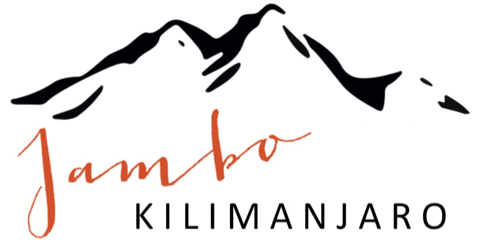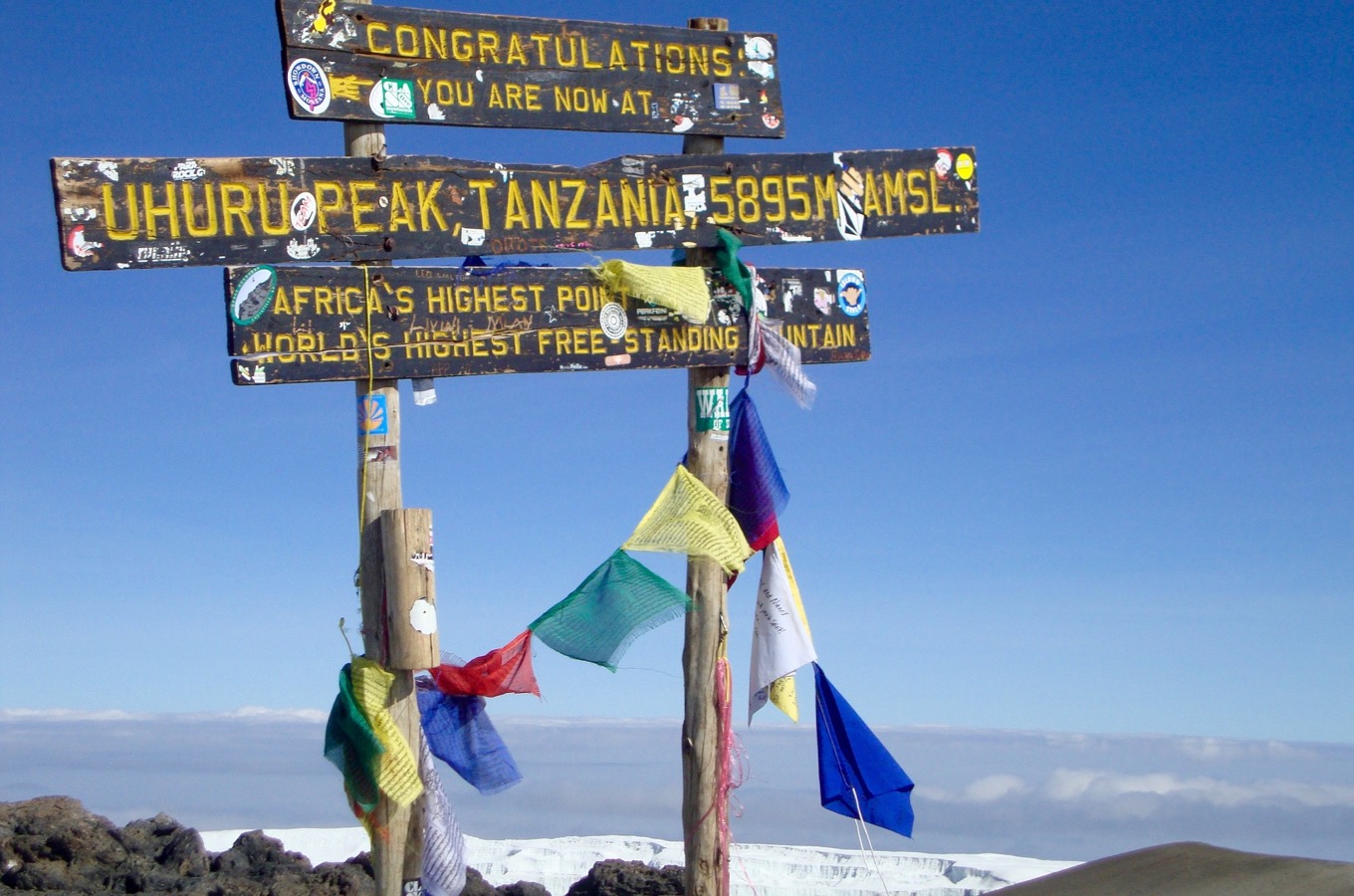Tanzania and the Kilimanjaro are located almost exactly on the equator. The climate in the country is tropical, and therefore entirely different from, for instance, the Central European climate. Tanzania, too, has different seasons, however, which differ notably from the European ones. Instead of the temperatures being high or low, in Tanzania it gets rainy or dry. The dry and rainy seasons are thus essential characteristics of the local seasons, and decide when peak season, low season, and the best travel time to climb Kilimanjaro is.
Rainfall
In Tanzania, there are two rainy seasons per year. The larger rainy season lasts from mid / end of March until the end of May. The small rain season lasts from the end of October until the beginning / mid of December. Theoretically, one can climb Kilimanjaro all year-round. However, we would advise not to do so, for rainfall is significantly higher during the rainy seasons. Occasional rainfalls on the mountain can indeed be part of any hike, even during periods other than the rainy seasons. But it makes a big difference if you are dealing with brief showers or half a day of rain with a murky view.
Besides rainfall, there are further, smaller seasonal differences, which can influence your choice of the season for climbing Kilimanjaro: The number of visitors of Kilimanjaro National Park and the temperature at the mountain.
Temperature
Temperatures on Kilimanjaro are relatively consistent all year-round. Nevertheless, there are differences in temperature up to 5°C between the single months. Thus, the months January until March are warmer, showing temperatures of about 25°C (77°F), the months June until August are a bit colder, showing temperatures of about 20°C (68°F). As soon as you ascend to higher regions, however, the air cools down noticeably. How you should be equipped accordingly, you can see here.
Number of visitors
The number of visitors fluctuates clearly between the months. During the large and small rainy seasons, you encounter hardly any hikers on the mountain. The months July / August until October are the main season for trekking, for the weather is rather stable and the view is very good. During the months January and February, the number of visitors, too, is rather high, however, noticeably lower than during the main season. I.e. you frequently encounter other hikers and the camps are well visited, too, but you will not feel that they are overcrowded. If you prefer a more natural and calm atmosphere, you should schedule your travel time accordingly. The choice of the route plays a role, too, since some routes are visited more frequently than others.
In the following, you find an overview showing information on temperature, rainfall, and the number of visitors for each month of the year.
Low (+) Moderate (++) High (+++)
| Temperature | Rainfall | Number of visitors | |
|---|---|---|---|
| Jan | +++ | + | +++ |
| Feb | +++ | + | +++ |
| Mar | +++ | ++ | ++ |
| Apr | ++ | +++ | + |
| May | ++ | +++ | + |
| Jun | + | ++ | ++ |
| Jul | + | + | +++ |
| Aug | + | + | +++ |
| Sep | ++ | + | +++ |
| Oct | ++ | ++ | ++ |
| Nov | ++ | +++ | + |
| Dec | ++ | ++ | ++ |

